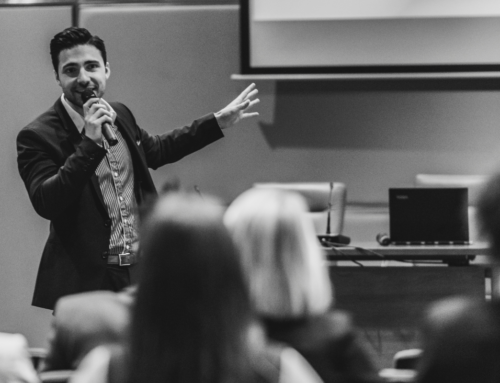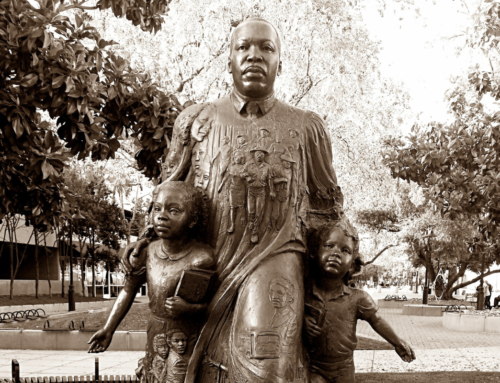So you want to write a great speech, and you’ve thought about the audience, and the occasion. You understand what makes the audience tick, and what’s happening on the day, and the days leading up to it.
The next thing to think about is how am I going to get that audience’s attention? You need a great hook. The idea is to frame the talk in the first 1 – 3 minutes, in a way that draws the audience in, but doesn’t simply give them an agenda. That’s boring. No one pays attention during the presentation of the agenda slide, so don’t do it.
Instead, tell a compelling story, one that shows (rather than tells) the topic you’re going to be discussing. If you’re giving a speech on trends in customer satisfaction with your premier line of products, and the trends are down, then tell a quick story about a particular customer and how she was unhappy with the product. That gets the audience’s attention, lays out the problem (without suggesting the solution, yet) and suggests the agenda for your talk rather than spelling it out.
Another way to start is to ask a question, either rhetorical or real. I started a recent talk to a group about authenticity and branding by asking them what the following famous brands had in common: K-Mart, Sears, Old Navy, AOL, Circuit City, and Dodge.
I let the audience guess the answer, and they did, without too much trouble. Each of those brands is in trouble, and will probably be gone within a year or two.
That was enough to hook the audience, and suggest that the topic of the morning was to be something about how strong brands go wrong.
A strong statistic can also get things going, providing that it is startling enough. Big numbers don’t hook us as much as numbers that we can process in human terms. “Look around you. You are seated in rows of ten. One of you in each row will be diagnosed with cancer before the year is out.” Or something like that.
You need to find a way to encapsulate your talk vividly and quickly, so that you get the audience’s attention, and hold it long enough to get started, in an era when attention is famously a scarce commodity. Think of it like the way filmmakers start movies these days. In an action movie, there’s at least one big explosion before the opening credits are done. Or, in a murder mystery, at least one body turns up. We may even start with a murder. Gone are the days when a movie would start with credits that went on, over cheery music, for 3 minutes or more, without any plot at all.
Next time I’ll talk about what to do once you’ve got the audience’s attention.








Nick,
One thing I might mention beyond hooks to get the audience’s attention is that most presenters can definitely benefit by using more movement to hold the attention of their audience. In addition, they will convey more dynamism and charisma. I always tell my clients that they need to develop a vocabulary of gestures. They are both an effective and efficient way to communicate.
Thanks for the post